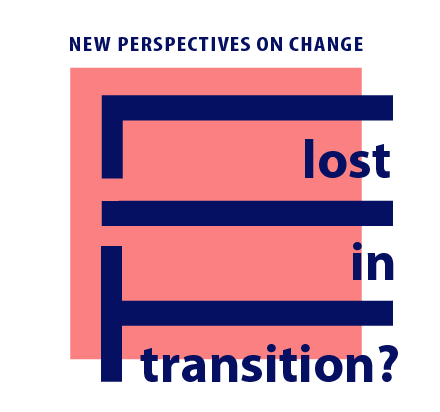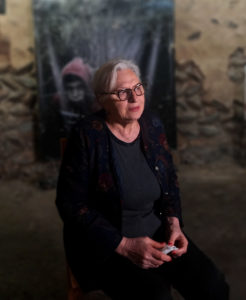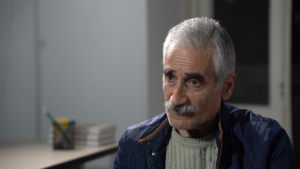
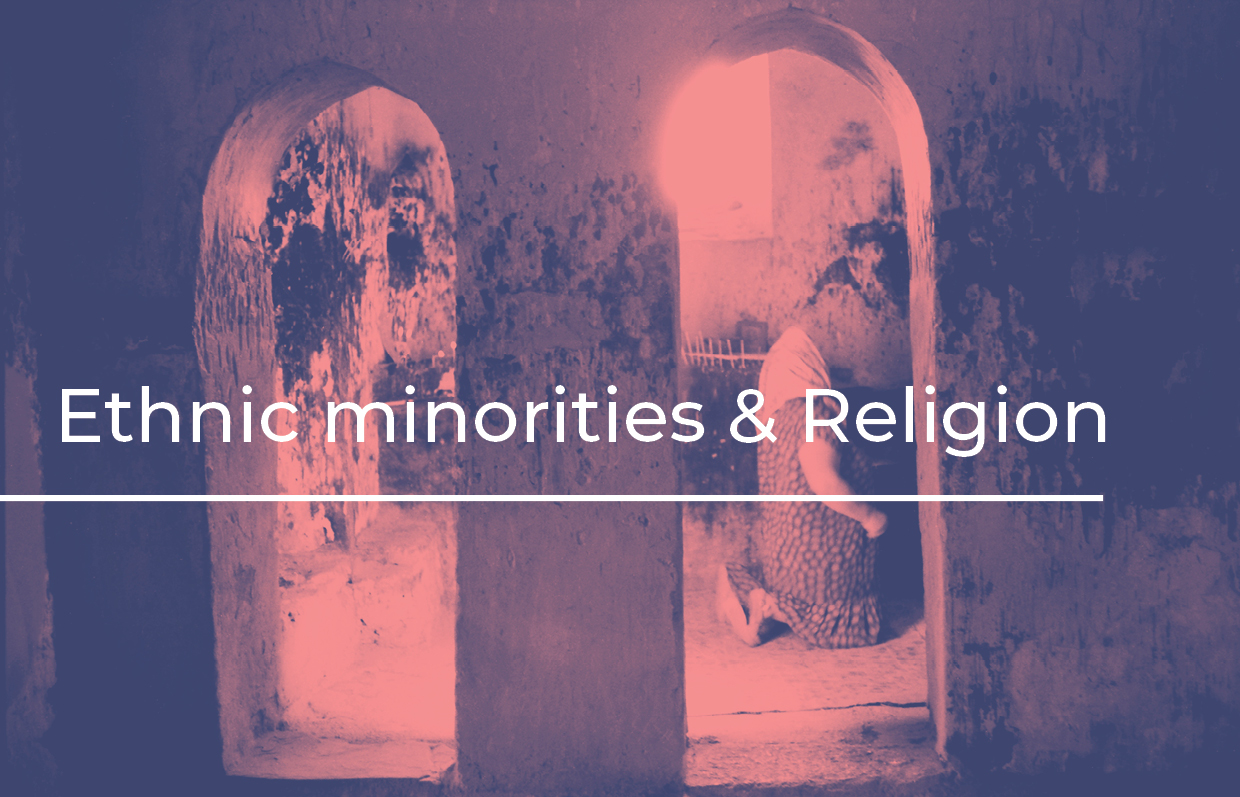
Ethnic and Religious Minorities
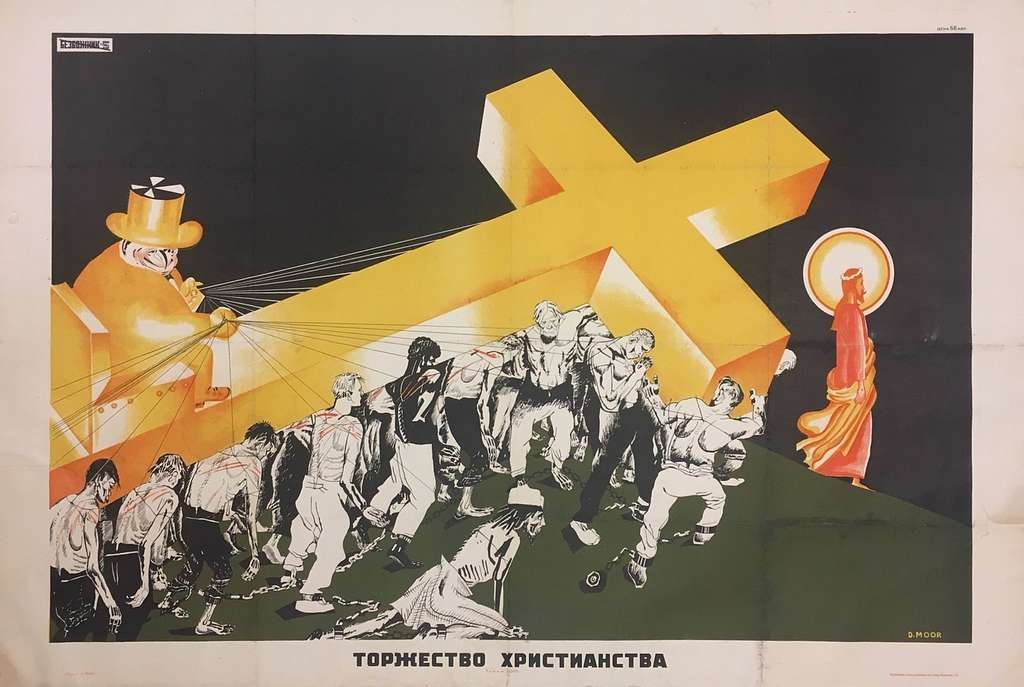
Figure 1: An early form of Soviet anti-religious propaganda. “The triumph of Christianity”, 1923.
Soviet policy on nationalities and “positive” nationalism
To understand the situation of ethnic and religious minorities during and after the transition of the 1980s and 1990s one must take a closer look at the early years of the USSR. The Soviet policy on nationalities was an integral part of Communist ideology and policy that had undergone several changes throughout the history of the USSR. Initially, it was based on Lenin’s belief that beside the ruthless nationalism of colonialist nations, there was also a “positive” nationalism of oppressed nations longing for freedom. According to him, an all-encompassing state policy of “nation-building” could satisfy the national/ethnic ambitions of non-Russian peoples of the Soviet Union and prevent them from acquiring real autonomy. At the same time, Bolsheviks had a hard anti-religious stance and Atheism was part of the Soviet policy from the very beginning and throughout the life of the USSR. At times, this included anti-religious persecutions.
In the 1920s the so-called Korenizatsiya (nativization or indigenization), a policy involving promoting national languages and non-Russians to positions of power in their national republics was implemented. Alongside national-territorial administrative units were created in the USSR, which implied assigning varying degrees of autonomy to different ethnic groups. Based on their level of autonomy, there were the following types of national territorial units: Soviet Socialist Republic (SSR), autonomous Soviet Socialist Republics (ASSR), autonomous oblasts, raions and okrugs. Eventually, the USSR (the Union of Soviet Socialist Republics) was a federation of nationalities, which over time incorporated 15 union-level national republics (Soviet Socialist Republic or SSR). The concept of titular nation was used to indicate nations/ethnic groups that gave the title to a given national-territorial administrative unit.
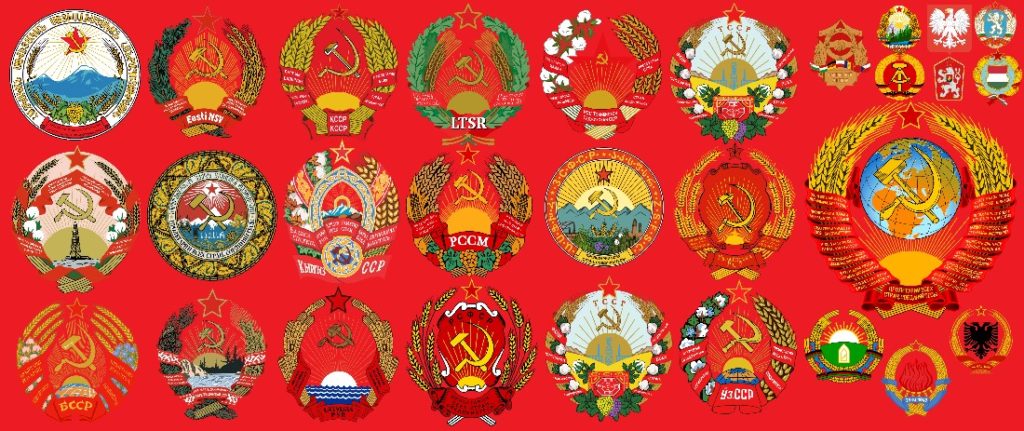
Figure 2: the emblems of the SSR of the Soviet Union, including the satellite states of USSR, and the emblem of the Warsaw Pact
Korenizatsiya: Promoting national identities and “civilizing” indigenous populations
While the Soviet nationality policy implied that all nations were equal in theory, the term cultural backwardness (‘культурная отсталость’ in Russian) was applied to the ethnic groups that were considered “less civilized.” Nationalities with very low literacy rates, school enrollment, those who did not have a written script and did not meet some other criteria were officially classified as “culturally backward.” This included indigenous peoples of Siberia, as well as many ethnic groups in Central Asia and North and South Caucasus, such as Abkhazs, Adjarians, Azerbaijanis, Assyrians, Chechens, Kazakhs, Kurds/Yezidis, Kyrgyz, Lezgins, Ossetians, Tajiks, Uzbeks. There were targeted policies for these groups, and their representatives received preferential treatment and special help under the overall umbrella of korenizatsiya. While the term was officially denounced in 1934, it continued to be used during the entire period of the USSR.
The implementation of korenizatsiya policies resulted in increased knowledge and use of national languages, as well as increased representation of national cadres in the structures of power in the national-territorial administrative units, and also rise in national identities. For example, initially a program of Ukrainianization was implemented in Ukraine, which resulted in Ukrainian becoming the main language of instruction at schools. However, this was reversed starting from the early 1930s, followed by intensive Russification. As a result, by the end of the Soviet Union, the position of Ukrainian language was very vulnerable in Ukraine, and Russian speakers outnumbered Ukrainian speakers in many places.*
* In fact, the language issue was manipulated by Russia before its invasion of Ukraine in 2022.
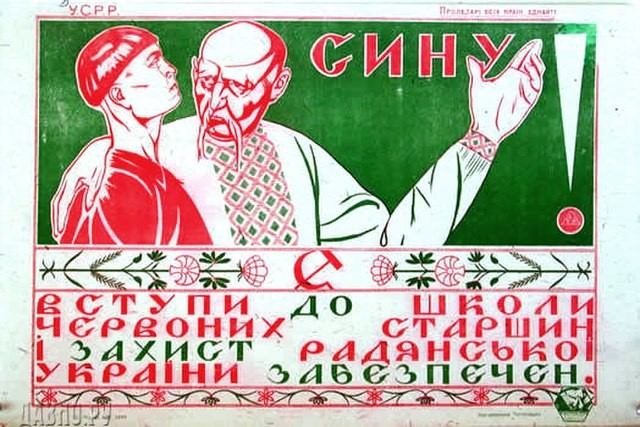
Figure 3: 1921 Soviet recruitment-poster for military education. Ukrainization was the implementation of korenizatsiya policy in Soviet Ukraine. The text reads: “Son! Enroll in the school of Red commanders, and the defence of Soviet Ukraine will be ensured.”
The Great Terror, repression, and mass deportations after 1936
Generally, the korenizatsiya policy was abruptly interrupted and practically ended by the mid-1930s. Not only the policy ended, but it was also reversed, with purges against the national elites and local/national party leadership. During the Great Terror (1936-38), mass repressions of national leadership of the republics and autonomies were carried out with charges in supporting nationalism and being agents of capitalism. There were also a series of mass oppressions specifically targeting certain nationalities. Between 1937 and 1952, entire nations, ethnic and/or religious groups were collectively uprooted from their homes along the USSR’s western borders and deported to Siberia and Central Asia on the basis of being accused of treason and other crimes against the Soviet state, particularly collaboration with the Germans during the WW II. These mass deportations are known as deportations of “punished people”. More than twenty groups suffered, including eight entire ‘nations’ who were removed from their ancestral homelands. Of these, one was non-Orthodox Christian (the Volga Germans), one Buddhist (the Kalmyks), and the other six Muslim (Chechen, Ingush, Karachai, Balkars, Crimean Tatars and Meskhetian Turks).
“People’s friendship” and suppressed conflicts during Glasnost
Up until the end of the USSR, the imposed metaphor of “people’s friendship” provided an overall standard Soviet framework for co-existence between the titular nations and ethnic minorities at the level of the USSR, as well as at the level of national republics. Inter-ethnic relations were strictly controlled by the Communist party, which suppressed conflicts. The situation of religious minorities was more complicated, as the religious practices were forbidden under the overall umbrella of scientific atheism and the representatives of religious minorities could be persecuted. At the same time, the development of national cultures was allowed to a certain extent.
This imposed framework led to the construction or strengthening of strong ethnic identities, which as opposed to the announced ideology of “friendship,” or perhaps due to its tendency to assign specific roles and histories to each group, were competing with each other. Thus, the policies implemented within this framework did not solve the existing conflicts, but have rather kept them dormant, put them asleep, until an appropriate opportunity would put things in motion. Such opportunity was Gorbachev’s perestroika. The so-called Glasnost policy allowed some expression of national ideas, resulting in mass mobilization of different nationalities around national/ethnic issues. Due to rising nationalist sentiments in the republics fighting for their independence and the establishment of nation-states, transition was harsher for national and religious minorities, non-titular nationalities, particularly when there were ethnic conflicts involved.
The disintegration of the USSR, inter-ethnic violence, and mass migration
By the late 1980s and in the 1990s this led to violence and inter-ethnic conflict in some parts of the USSR and its disintegrating republics, such as North and South Caucasus (Nagorno Karabakh, Abkhazia, Chechnya, South Ossetia) or Central Asia (inter-ethnic clashes in Uzbekistan, Tajikistan, Kyrgyzstan and Turkmenistan). This made ethnic minorities within the territories of these republics more vulnerable throughout the 1990s and fueled conflicts that continue to this day. For example, the independence of Armenia and Azerbaijan were largely shaped by the Karabakh movement that resulted in ethnic violence and clashes between Armenians and Azerbaijanis and eventually in war. In Georgia, ethnic wars and conflicts involving Abkhaz Autonomous Soviet Socialist Republic and South Ossetian Autonomous Oblast, both national-territorial administrative units within Georgian SSR resulted in thousands of deaths and the displacement of hundreds of thousands.
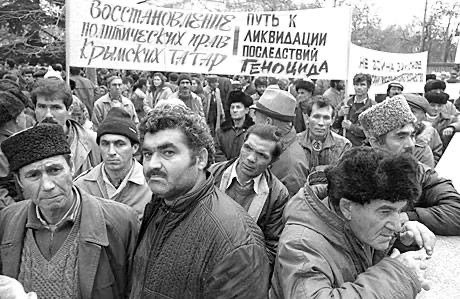
Figure 4: A rally of Crimean Tatars in Simferopol in the 90s, after their mass return to their historical homeland.
As a result of conflicts and tensions, after the fall of the iron curtain and opening of the borders after 1991, mass migration characterized the whole post-soviet space, with ethnic groups like Jews, Germans, and Tatars leaving to other countries. People were fleeing from conflict or natural disasters or from dire economic conditions, forming new minorities at their new destination. At the same time, there was a noticeable rise in religiosity during the transition, as many restrictions were lifted and people finally had the possibility to practice their freedom of belief. This resulted not only in an unprecedented revival of official/mainstream religions throughout the former USSR, but also to the spread of different, new spiritual and religious practices and groups. The newfound freedom and social heterogeneity, however, did not mean equality for all social and religious groups. In Georgia and Armenia, for instance, the official Georgian Orthodox and Armenian Apostolic churches dominated the public sphere framing other groups in a negative light.
As national states redeveloped their own identities in the 1990s, situation for ethnic minorities evolved differently. Some countries embraced some of their minorities oppressed by the Soviet state, like Ukraine which allowed the Crimean Tatars to return to Crimea. Others to this day experience difficulties in dealing with the remaining minorities like Georgia with its big Azeri and Armenian minorities.
Eyewitnesses
Tasks
Task on Ethnic Minorities
Topic:
Ethnic Minorities
Duration:
80 minutes
Target group:
High School and 9th grade students, up to 20
Materials for the task:
internet, projector, printed reading materials
Step by step description of the assignment:
Step 1, 20 minutes: Watch the interview of Eduard Poghosyan.
Step 2, 30 minutes: divide participants into four (4) groups. Provide two (2) of the groups with the text on Ethnic and Religious minorities, and the other two (2) with the text on Transition in Armenia. Questions for the groups:
– What are three main things you have learned from Eduard’s account
– How was Eduard’s life before the transition
– Why and how did it change?
– How are these related to the broader context of transition?
Step 3, 30 minutes: Presentation and discussion. Question to ask after the presentations:
– Was there anything different you had learned/noticed in the interview depending on the text you were assigned to read?
